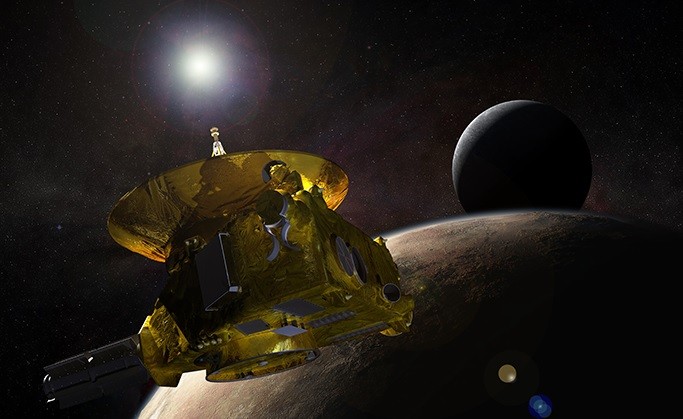After experiencing a temporary glitch over the weekend, NASA's New Horizons spacecraft is now back to its regular speed, en route to its epic Pluto flyby next week.
On Saturday, July 4, the spacecraft went into a programmed safe mode when it experienced an anomaly however mission control team assured that this will not jeopardize its arrival at Pluto.
New Horizons mission controllers also confirmed that the probe will return to its regular operations on Tuesday, July 7 which will be exactly a week before its first milestone flyby of the dwarf planet.
NASA reveals that after investigating this technical glitch that caused New Horizons to enter into safe mode last July 4, scientists have concluded that there is apparently no hardware or software problem on the spacecraft.
The underlying cause of the incident was "hard to detect timing flaw" that occurred in the command sequence as the probe prepares for the flyby. To date, there are no similar operations to be carried out for the remaining few days before the encounter with the dwarf planet.
Team members also say that if the probe is expected to rebound from this weekend technical error this Tuesday, then then this will only have minimal effect on the mission's science return. According to New Horizons principal investigator Alan Stern from the Southwest Research Institute in Colorado, in terms of science output, this will not change an A+ even into an A, in a recent update.
The much anticipated historic flyby will be on July 14 where the probe will zoom in Pluto within a distance of 7,800 miles where it will capture the first unprecedented views of its mysterious and complex surface.
According to the director of NASA's Planetary Science division, Jim Green, he's pleased that the mission team quickly identified the problem where they also assured the health of the spacecraft as the mission is on the verge of returning to regular operations for an epic flyby of Pluto and its system.



























